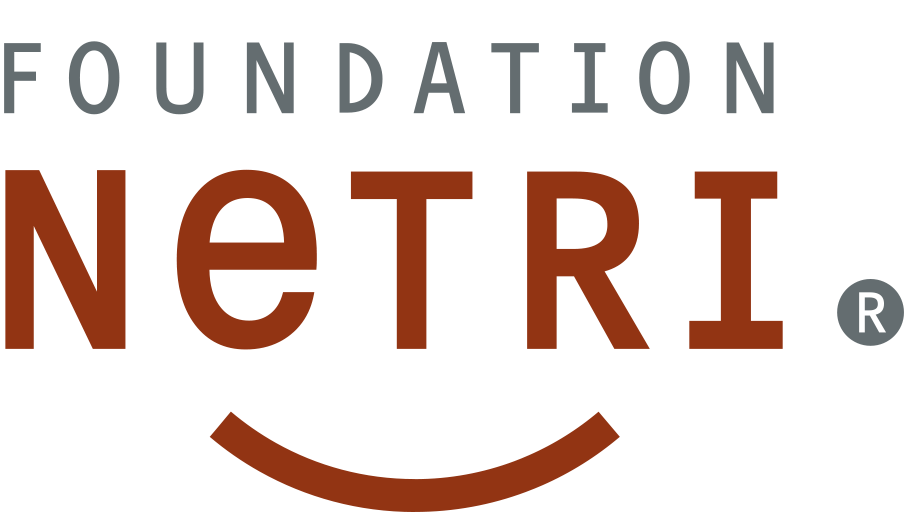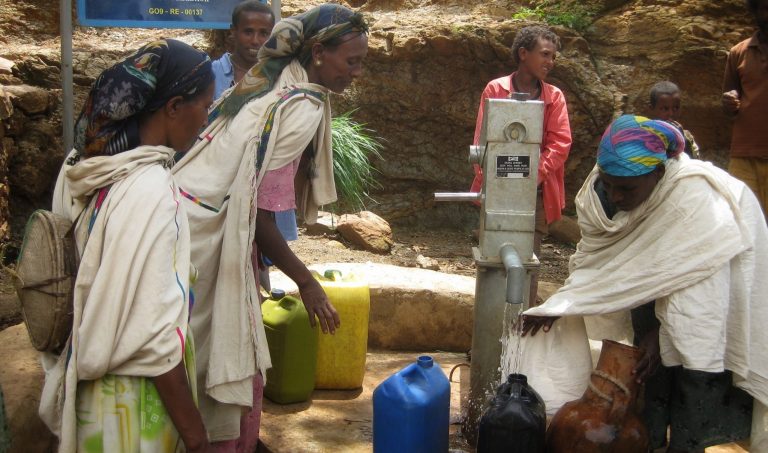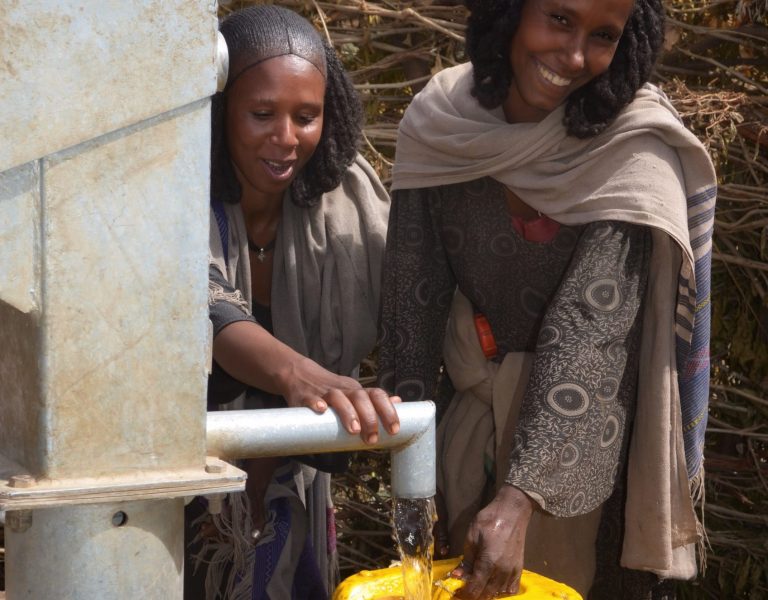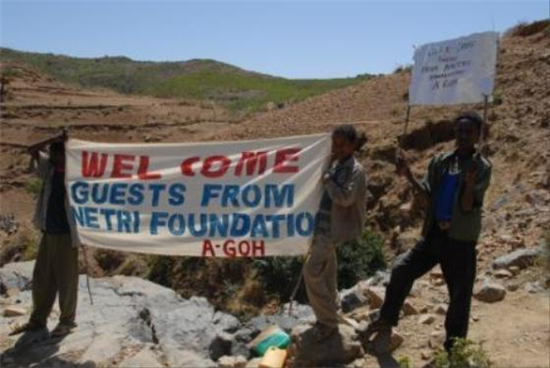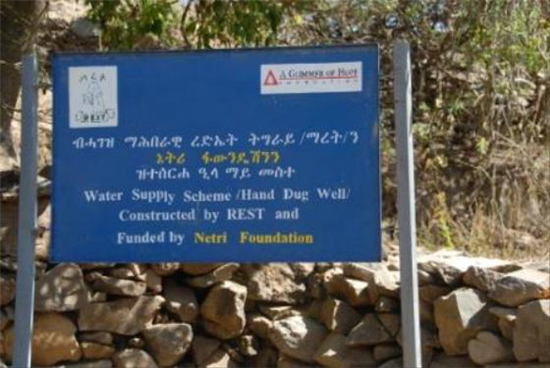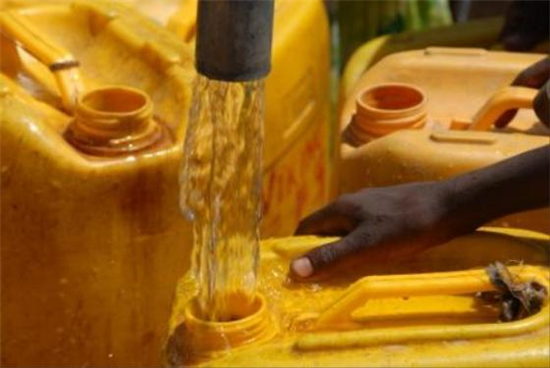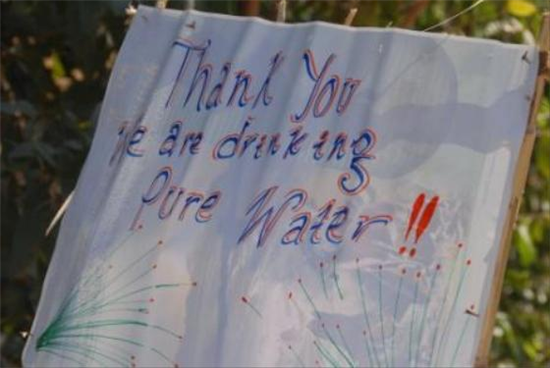Construction of 6 wells to supply drinking water
Ethiopia, 2007
Social Issue
Tigray is one of the poorest regions of Ethiopia, mainly due to droughts, armed conflicts, a lack of natural resources, and a lack of infrastructure in the area.
Malnutrition and illnesses due to the consumption of contaminated water are commonplace. Furthermore, deforestation, soil erosion, and a lack of rain have drastically reduced the already scarce sources of drinking water in the area.
For all of these reasons, the levels of infant mortality are incredibly high.
Our Response
The project consists in the construction of six wells that provide drinking water to 570 families in the area, some 2,850 people, and the formation of 36 committees that will manage the wells in the future.
Expected Social Impact
This project intends to improve the general quality of life of these families by achieving:
- A substantial improvement to their health by avoiding the consumption of contaminated water, which is the main cause of their illnesses.
- To reduce the workload of women and give them time for more productive tasks.
- To increase the school attendance of girls by 5% by freeing them from having to spend their time looking for water.
- An increase in daily water consumption per person from 5 to 15 litres/day.
- A reduction in the time taken to collect water from 1 hour to 15 minutes (and change from using an undrinkable source to one that is).
Monitoring the results of our project subsequently, we learnt that the number of beneficiaries of the project has been greater than expected, with a total of 3,560 people.
